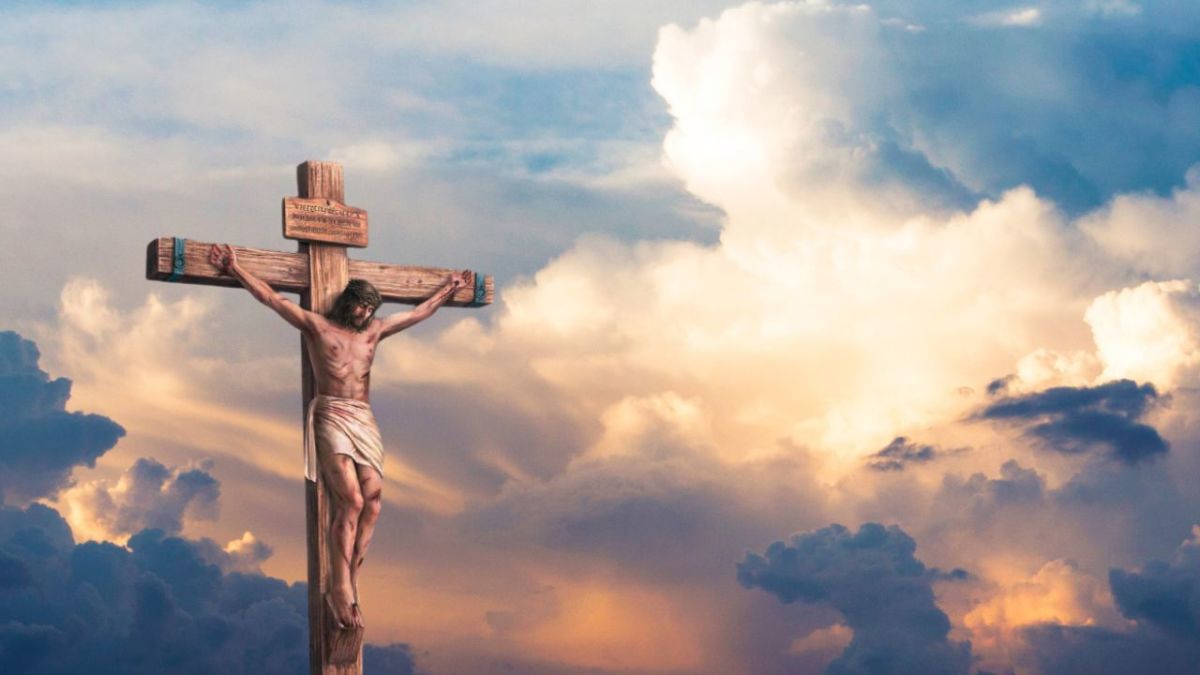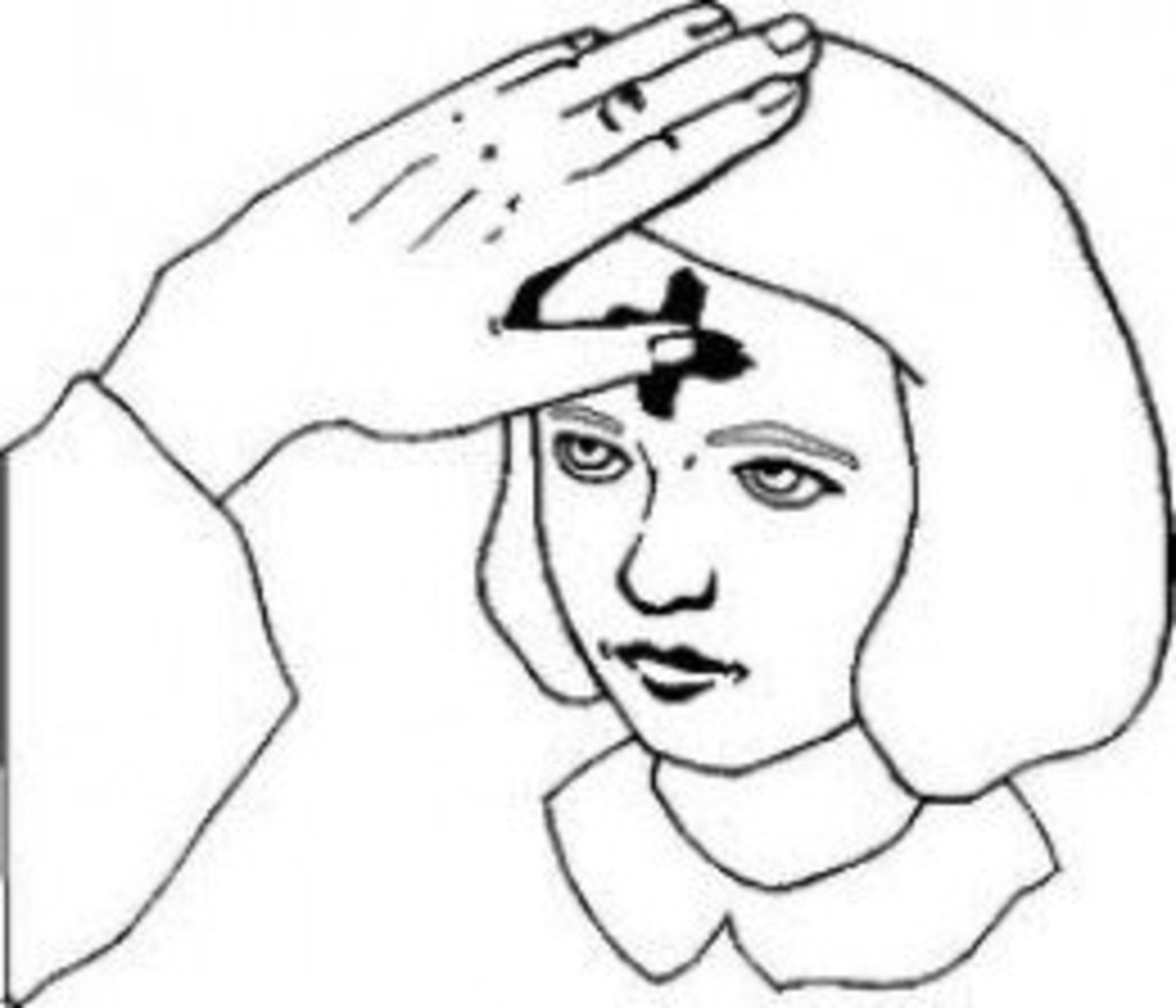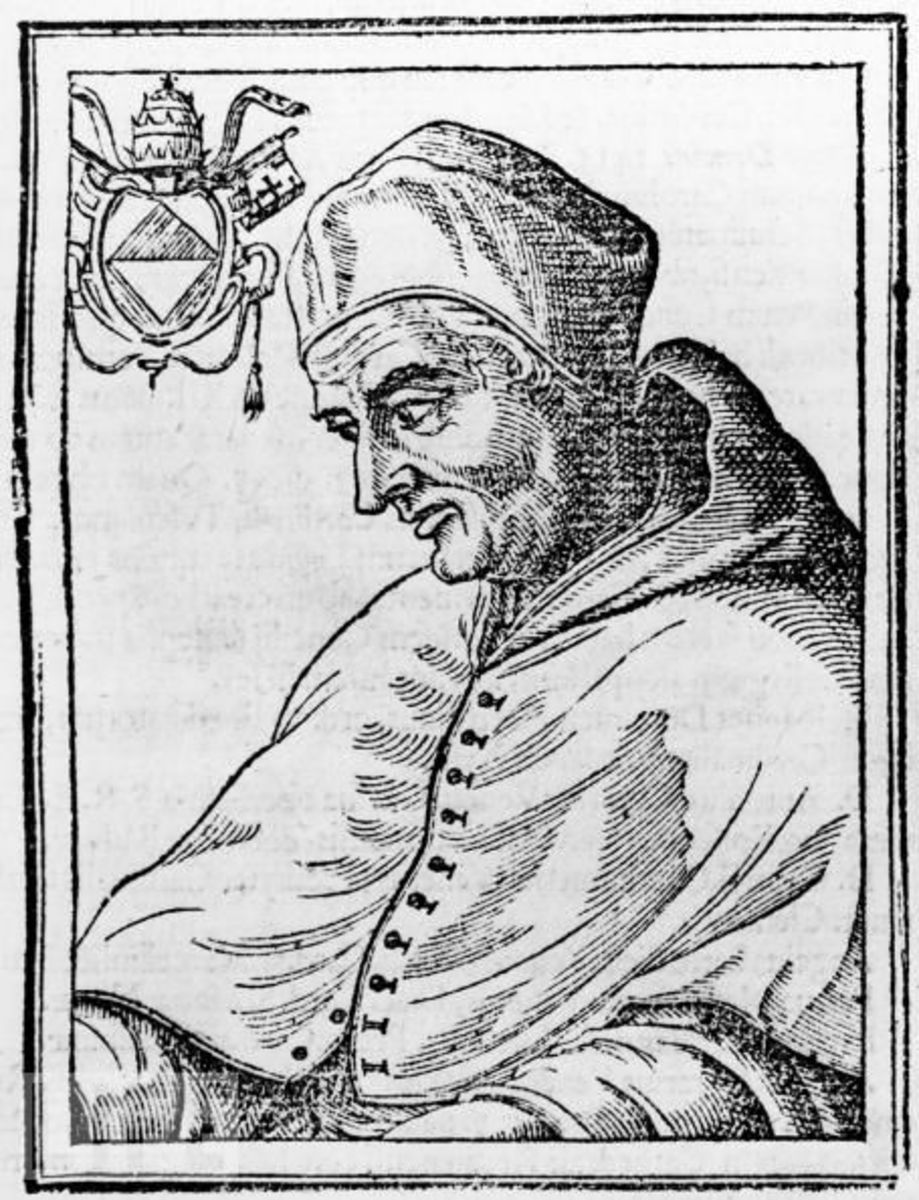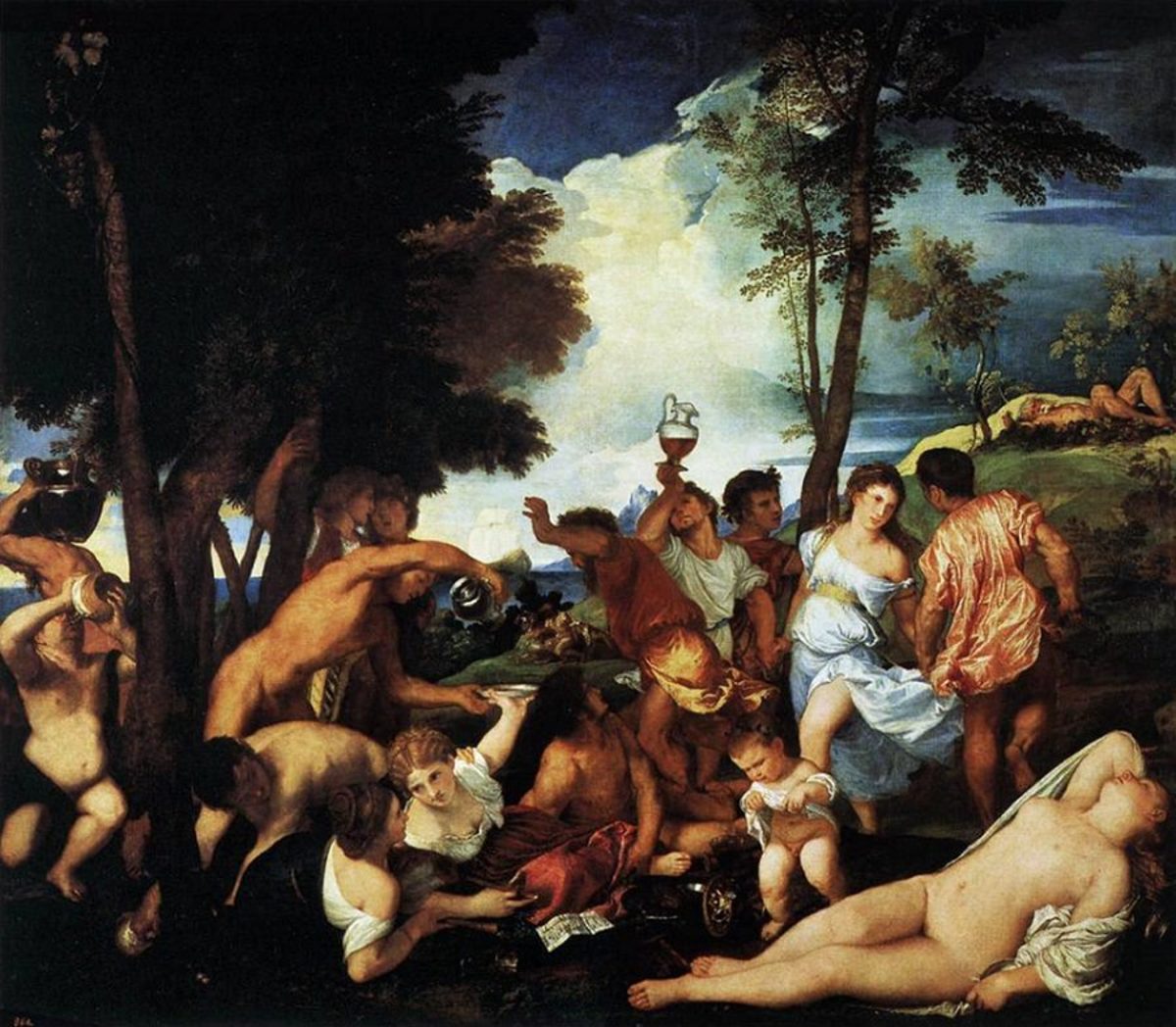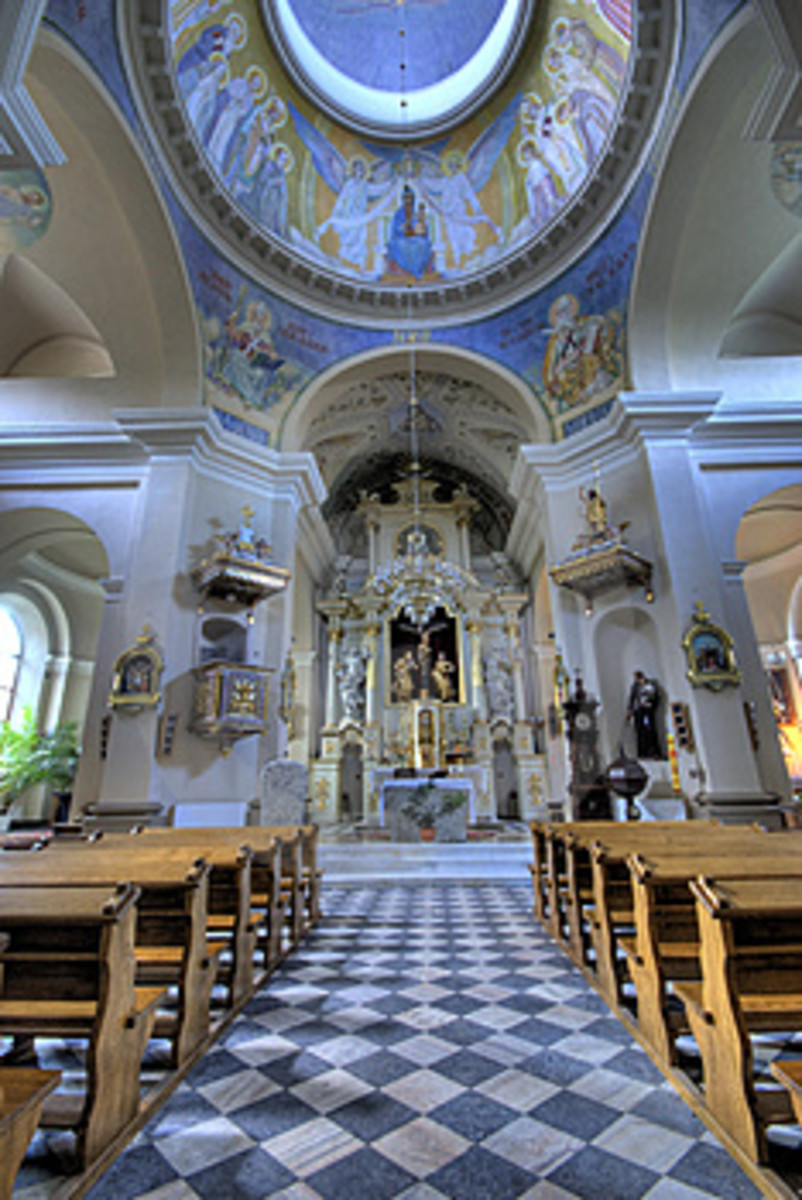Religion: History and Folklore
St. Christopher

Saint Christopher: saint of travelers
The object of this hub will be to explore some religious subjects that attract me and hope the readers will find interesting. Some have a bit of myth or folklore with a basis in history. Such is the case with St. Christopher.
St. Christopher was an important saint when I grew up. However, although he is still recognized as a saint by the Catholic church and others, he was removed from the Roman Catholic calender of saints in 1969. The reason for the removal was that the commemoration was not of Roman origin.
Although St. Christopher is venerated as a saint and is listed as a martyr killed during the reign of Decius (249-251), the Catholic Church feels there is nothing historically known about the life and death of Christopher.
Although the Catholic church has elaborate ways of determining the validity of saints now, however, prior to the 17th century, the standards were less rigorous. Martyrs were automatically revered as saints. Later sainthood was extended to those who defended the faith and led pious lives. The mere fact that Christopher was thought to be a martyr was probably enough to consider him a saint.
Although there may not be a whole lot historical evidence, I have a tendency to think that heroes preserved by tradition have reality, even if it is not literal. Usually legends are based on something, even though the details may be lost to memory.
The legend of Christopher is compelling. He was a warrior who took the notion that he wanted to serve the greatest king of all, he noted that humans, even kings, were afraid of the devil. That led him to serve the devil. However, he found the devil shuddered at the sight of a cross. That led him to seek instruction in Christianity and serve Christ. He felt he was not suited to a life of fasting and prayer. His mentor suggested that he could serve Christ by helping travelers cross a dangerous river. A little child asked Christopher to help cross the river. With the child on his shoulder the river became swollen and the child kept getting heavier. He barely made it to the other side. He was told that he had the whole world on his shoulders but he who made it. The child revealed himself as Christ.
He is now known as the patron saint of travelers. He is not only recognized by the Catholic church, some Orthodox churches, and some Protestant churches.

Circuit Riders-frontier religion
Though you cannot preach like Peter
and you cannot pray like Paul
You can tell the love of Jesus
You can tell he died for all
from the song “lonesome Valley” which has been sung by a number of Folksingers including Johnnie Cash and the Kingston Trio.
Circuit riders were itinerant preachers were used by a number of religions on the frontier. They were the mainstays of the Methodist church in its early days in England and than in America.
Methodism started as a reform movement within the church of England and eventually set off on its own. John Wesley was the first head of the Methodist church and pioneered the idea of itinerant preaching. In America Francis Asbury was an early leader. Both were hard working and set the example. Wesley reportedly traveled 300,000 miles and Asbury 275,000 miles all on horseback.
Basically the circuit riders visited communities in their territory, set up congregation, up to 25 or 30 meeting places. Each congregation had a “conference preacher” who might have several lay assistants. Almost any man could become an assistant and eventually a circuit rider. It was demanding and required riding a horse for weeks over wild country. Meetings were often held in cabins, barrooms and even outdoors. This is probably the root of camp meetings which became popular and still exist today. It seems that some of this is similar to what was done in the early church. The Apostles and disciples visited scattered communities to preach, met in homes or wherever they could and left laymen to fill in when they were gone.
Probably the most famous of the circuit riders was Peter Cartwright (1785-1872). He preached a simple message of holiness and salvation for nearly 70 years. He was a strong opponent of slavery and served in the Illinois legislature for 16 years.
Circuit riders were a strong influence on the frontier.
Ben Franklin and the whirlwind
There is a story that Ben Franklin and the conservative Cotton Mather, the conservative clergyman, were out riding together when they saw a whirlwind.
Mather watched the whirlwind and pondered the wonders of God. Franklin, on the other hand, chased after it to better understand how it worked. It seemed to illustrate that Franklin was a man of science and did not care about religious things and that Mather was a head-in-the-clouds religious person who had no interest in scientific discovery.
The truth of the matter is that franklin learned much about religious principals from Mather and incorporated much of Mather’s ideas in his “Poor Richard’s Almanac.” But Mather was also something of a scientist who said the Isaac Newton was his guide to science. He wrote about spontaneous hybridization in plants and a treatise on medicine.
In reality, it does not appear that the two men really disagreed that much.
St. John Bosco and the dog
Most writings about St. John Bosco tell of his work with young people, his founding of the salatian order in the Catholic church. But one thing I find most interesting is not always mentioned.
Something that ha always fascinated me was the story he told about a dog. In his memoirs he tells of a wolf-like dog, possible some sort of shepherd that would show up when he was in danger. The dog would come and protect him and then run off. Observers claimed that the dog refused to take any food.
I always thought it might be a guardian angel come in the form of a dog. However, it is possible that it was a stray dog that more or less adopted the priest. What do you think?
Quaker Meeting House

Quakers
The thing that most people think they know about Quakers is that they are anti-war pacifists.
My college Political Science professor was a Quaker and when asked about that said Quakers really have no required beliefs. While many are pacifist, not all are.
The reason I am including them here is because they are one of several religious groups that came to this country, contributed to our culture and are somewhat out of the ordinary.
Despite our knowing little about them, there have been prominent Americans among them. Two presidents, Herbert Hoover and Richard Nixon were Quakers. Joan baez, the folksinger wasa Quaker.
The official name of the religion is the "Society of Friends. They became referred to as Quakers because they are a group that in their meetings will often have the "spirit come over them" and would shake or quake. They believe that revelation comes through meditation and meetings are silent except when someone feels moved to talk.
They were founded in England in 1652 by George Fox (1625-1691) In America they were established by William Penn in what is now Pennsylvania.
They stem from the Protestant tradition but not all of them consider themselves Christians. Again, they are free to believe what they choose.They have become a symbol for being anti-violence. If I recall the classic Western "High Noon" Where the lawman had to face down several villains, his wife had become a Quaker and wanted him to turn his back on the confrontation.
Shakers
SIMPLE GIFTS
'Tis the gift to be simple,
'Tis the gift to be free,
'Tis the gift to come down where we ought to be,
And when we find ourselves in the place just right,
It will be in the valley of love and delight.
Shaker hymn
The United Society of Believers in Christ’s Second Appearing was derided by outsiders as “Shakers” for the same reason that Quakers got their name . . . They were founded by working-class people in Manchester, England in the later part of the 1740's. Led by Ann Lee expressed contempt for earthly authority and respectable churches. Lee was jailed twice for disrupting Anglican services.
Lucy Wright in America developed more congenial relations with society. Their goals were separation from unbelievers and harmonious life and equality of men and women. Believers gave up private property and worked for the common good. Sexual relations were forbidden. Men and women were separated.
They became very good at such things as furniture making and Shaker furniture is famous. Their songs are very popular.
On the frontier they contributed much by taking in orphans and giving them homes. However, since they did not reproduce their numbers dwindled. There are very few around anymore.
Religious History, Mythology
St. Patrick
March 17 is the American celebration of St. Patrick, the saint of the Irish. It seems to be popular with non-Catholics, as well as Catholics. With non-Irish as well as Irish.I used to live in St. Paul, Minnesota, which is very Irish. I’ve been told not to go downtown when the St. Patrick’s parade was on, because of traffic being blocked for it. I never dress for the day, mostly because I don’t think about it. I’m constantly asked where my green is.
St. Patrick is the patron saint of Ireland, even though he is not Irish. He is reputed to have converted Ireland to Christianity partly through using miracles. One miracle was driving snakes out of Ireland. A joke when I was in college was to ask why Patrick is also the patron saint of engineers. Answer: he created the first worm drive.
He was born the son of Roma-british official Calpurnius. Raiders kidnaped him when he was about sixteen and sold him into slavery. After several years he escaped and was able to study at various institutions. Although information is not exact, it seems he was consecrated Bishop in the year 432.
After much opposition from the Druids he finally prevailed. Basically he gave up his Roman citizenship to adopt Ireland as his home.
He left two writings “Concession” and “Letter to the Soldiers of Caroticus.” Probably what was important about Patrick as a religious leader is his appreciation for and understanding of his adopted culture. Among other things Ireland had developed a sophisticated system of traditional law.
His influence is hopefully felt by Vatican II calling for incorporating becoming familiar with cultures they work with for better communication.
Unitarianism
Unitarianism is a theological belief that God is a single personality as opposed to traditional Christian belief in the Trinity. They believe in the teachings of Jesus Christ and look on him as a great man and a p prophet of God, possibly even supernatural. This article is too short to go into depth as to the various distinctions among Unitarians and that information can be gotten elsewhere.
I think there is a difference between, like many churches, theology and practice among Unitarians. I worked with someone once who belonged to the Unitarian church and was kidded by the supervisor about it. He said if he wanted to be an agnostic, he could do it without having to meet with a lot of other people. Theological they are not agnostics; they simply differ in what they believe. However, I went to Unitarian services at one time and found rather nice, mostly middle class educated people who did not necessarily believe what their Theology does. I mentioned Jesus to one woman and she got a bit huffy declaring that she did not believe in Jesus. When in Madison, Wisconsin once I attended a service at the Unitarian church designed by Frank Lloyd Wright. It was very impressive and the service was pleasant. Some people maintain dual membership between Unitarianism and their mainstream Protestant churches.
Many famous people have been Unitarians: including Frank Lloyd Wright and Ralph Waldo Emerson.




